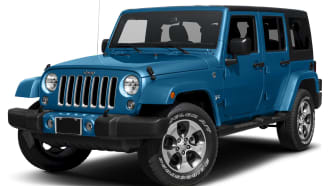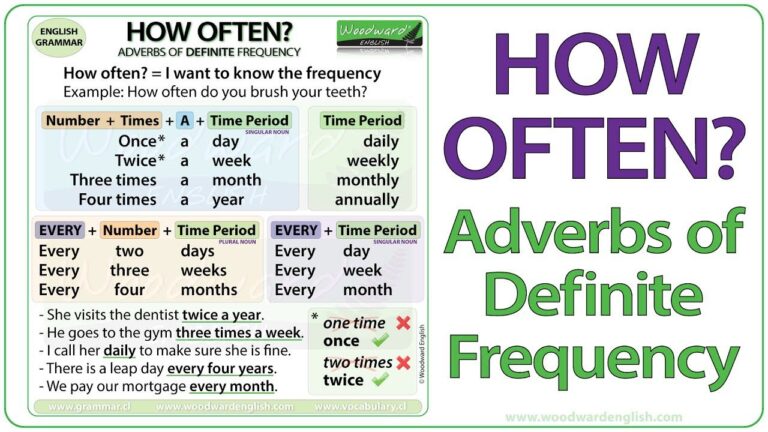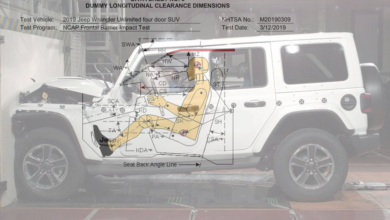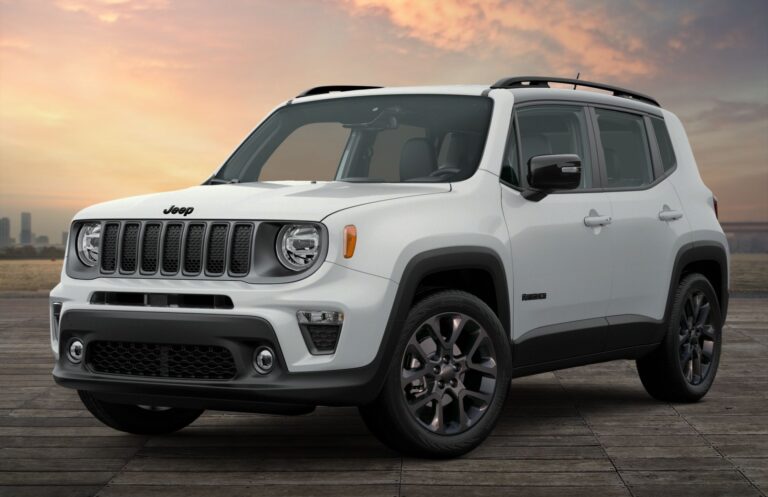Tires For Wrangler Jeep: Your Ultimate Guide to Traction, Performance, and Adventure
Tires For Wrangler Jeep: Your Ultimate Guide to Traction, Performance, and Adventure jeeps.truckstrend.com
The Jeep Wrangler isn’t just a vehicle; it’s a lifestyle, an icon of adventure, and a testament to off-road capability. But even the most legendary 4×4 is only as good as the rubber it rides on. For a Jeep Wrangler, tires are far more than mere round, black objects; they are the crucial interface between the vehicle and the diverse terrains it’s designed to conquer. Choosing the right "Tires For Wrangler Jeep" is paramount, influencing everything from your daily commute comfort and fuel efficiency to your ability to crawl over rocks, slog through mud, or navigate snowy trails safely. This comprehensive guide will delve into the world of Wrangler tires, helping you make an informed decision that elevates your driving experience.
The Unseen Heroes: Why Wrangler Tires Matter So Much
Tires For Wrangler Jeep: Your Ultimate Guide to Traction, Performance, and Adventure
Unlike most vehicles, a Jeep Wrangler’s performance is intrinsically linked to its tire choice. The aggressive stance, robust suspension, and powerful 4×4 systems are designed to push limits, and without the right tires, much of that potential is lost. The importance of specific tires for a Wrangler stems from its dual nature: a capable daily driver for many, and an unparalleled off-road beast for others. The ideal tire must strike a balance between on-road manners (noise, ride comfort, wet traction) and off-road prowess (grip, durability, self-cleaning capabilities). Investing in the right set of tires is not just about aesthetics; it’s about safety, performance, and unlocking the full potential of your legendary Jeep.
Decoding Your Needs: Key Considerations When Choosing Tires
Selecting the perfect tires for your Wrangler requires a thoughtful assessment of your driving habits, terrain preferences, and vehicle modifications. Here are the critical factors to consider:
1. Driving Conditions & Usage: Where Do You Roam?
- Daily Driver (Mostly Pavement): If your Wrangler spends 90% of its time on asphalt, you’ll prioritize a tire with good on-road manners: low road noise, comfortable ride, excellent wet and dry traction, and decent fuel economy. All-Terrain (A/T) tires or even some robust Highway-Terrain (H/T) tires might be suitable.
- Weekend Warrior (Occasional Off-Road): For those who hit trails regularly but still rely on their Wrangler for daily commutes, a versatile A/T tire is usually the best bet. It offers a good balance of off-road grip and on-road civility.
- Hardcore Off-Roader (Frequent & Extreme Trails): If your Jeep rarely sees pavement and thrives in mud, rocks, and challenging terrain, aggressive Mud-Terrain (M/T) tires are essential. These prioritize extreme traction and durability over road manners.
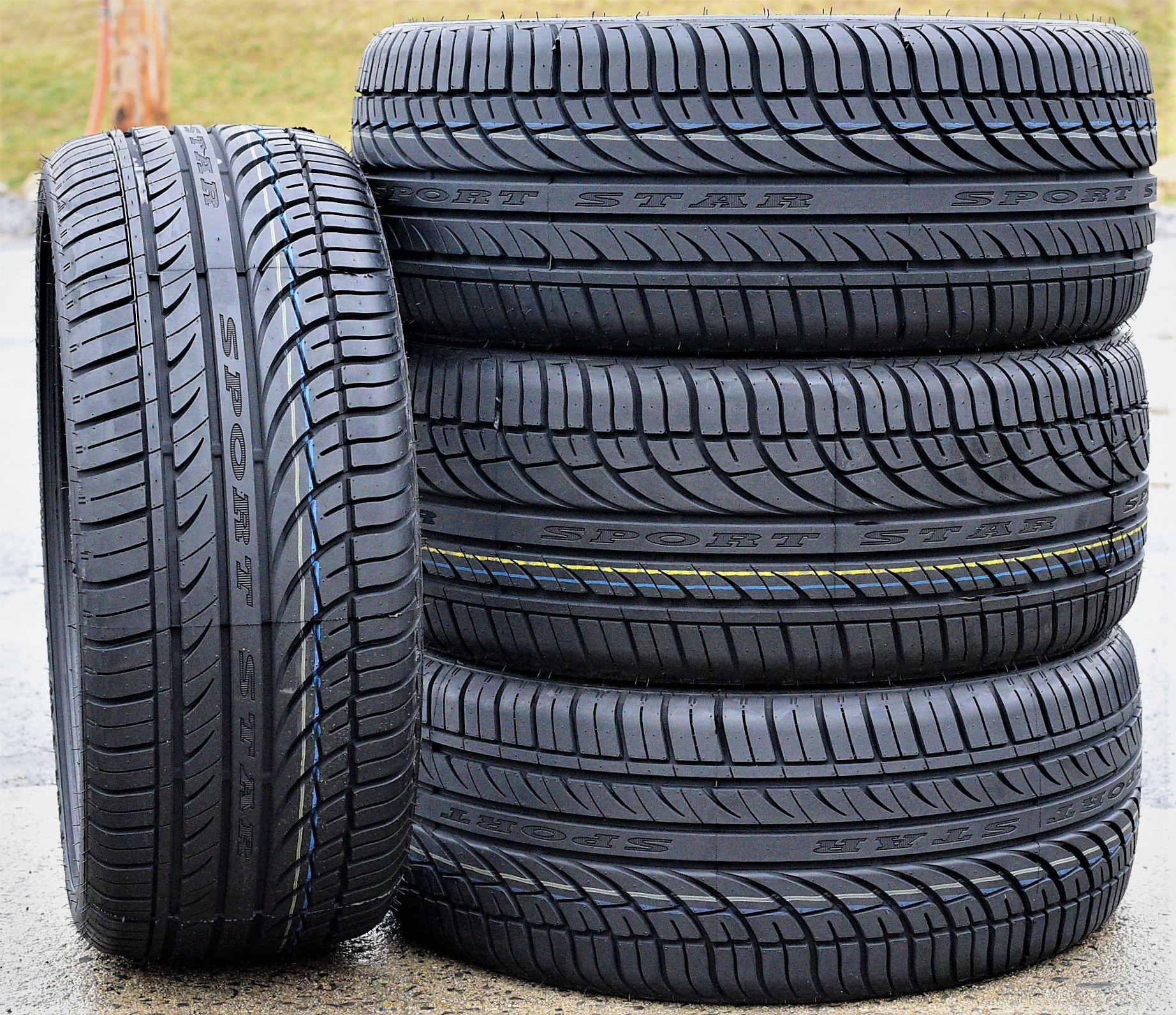
2. Tire Size & Lift Kits: The Perfect Fit
Choosing the right tire size is crucial. Stock Wranglers come with specific tire sizes (e.g., 30-32 inches). Going larger often requires modifications:
- Clearance: Larger tires (33 inches and up) usually necessitate a suspension lift kit to prevent rubbing during turns or suspension compression.
- Gearing: Significantly larger tires can negatively impact acceleration and fuel economy, sometimes requiring re-gearing the differentials for optimal performance.
- Fender Flares: Some larger tire setups might require aftermarket fender flares for proper coverage and to meet local regulations.

3. Wheel Compatibility: Matching Your Rubber to Your Rims
Ensure the tire’s diameter and width are compatible with your existing or new wheels. Pay attention to the wheel’s diameter (e.g., 17-inch, 18-inch) and width (e.g., 8 inches, 9 inches).

4. Budget: Balancing Performance and Cost
Tires are a significant investment. Set a realistic budget, but remember that cheaper tires might compromise performance, longevity, or safety. Often, spending a little more upfront saves money and hassle in the long run.
Types of Tires for Wrangler Jeep: A Detailed Look
Understanding the different categories of tires is key to making an informed decision:
1. All-Terrain (A/T) Tires
- Characteristics: Feature a more aggressive tread than street tires but less so than mud tires. Designed for a good balance of on-road comfort and off-road traction.
- Benefits: Versatile, lower road noise than M/Ts, decent fuel economy, good for light to moderate off-roading, excellent for snow and wet conditions.
- Ideal For: Daily drivers who venture off-road occasionally, weekend warriors, and those seeking a single tire solution for diverse conditions.
- Examples: BFGoodrich All-Terrain T/A KO2, Goodyear Wrangler Duratrac, Falken Wildpeak A/T3W.
2. Mud-Terrain (M/T) Tires
- Characteristics: Characterized by large, widely spaced tread blocks, deep voids, and reinforced sidewalls. Designed for maximum traction in mud, rocks, and loose terrain.
- Benefits: Superior off-road grip, excellent self-cleaning properties, highly durable sidewalls resistant to punctures.
- Challenges: Significant road noise, reduced on-road comfort, quicker wear on pavement, potentially lower fuel economy, less effective on ice.
- Ideal For: Hardcore off-road enthusiasts, those who frequently tackle extreme terrain.
- Examples: BFGoodrich Mud-Terrain T/A KM3, Nitto Trail Grappler M/T, Cooper Discoverer STT Pro.
3. Hybrid/Rugged Terrain (R/T) Tires
- Characteristics: A newer category that bridges the gap between A/T and M/T tires. They offer a more aggressive look and better off-road performance than A/Ts but with less road noise and better on-road manners than M/Ts.
- Benefits: Excellent compromise, aggressive aesthetics, good off-road performance without the full M/T drawbacks.
- Ideal For: Drivers who want the aggressive look and strong off-road performance of an M/T but still need decent daily drivability.
- Examples: Toyo Open Country R/T, Nitto Ridge Grappler.
4. Highway-Terrain (H/T) Tires
- Characteristics: Designed primarily for on-road use, with a smoother, less aggressive tread pattern.
- Benefits: Quietest ride, best fuel economy, longest tread life on pavement, good wet/dry traction.
- Challenges: Limited off-road capability, not suitable for anything more than very light gravel roads.
- Ideal For: Wranglers that are exclusively driven on highways and city streets, prioritizing comfort and economy above all else. (Less common for true Wrangler enthusiasts).
Practical Advice and Actionable Insights
- Don’t Skimp on the Spare: Always carry a full-size spare tire that matches your other four. A smaller "donut" spare is useless off-road and can cause drivetrain issues if used for extended periods.
- Monitor Tire Pressure Religiously: Proper tire pressure is critical for safety, performance, and tire longevity. Check it weekly, and adjust for different conditions (e.g., airing down for off-road, airing up for highway).
- Regular Rotation is Key: Rotate your tires every 5,000-7,000 miles to ensure even wear and maximize tread life. Follow the rotation pattern recommended by the tire manufacturer or your Jeep’s manual.
- Understand Load Range: Tires have a "Load Range" (e.g., C, D, E) indicating their ply rating and maximum load capacity. Ensure the tires you choose are adequate for your Wrangler’s weight, especially if you carry heavy gear or tow.
- Research Reviews: Before buying, read reviews from other Wrangler owners. Look for feedback on noise, wear, and performance in conditions similar to yours.
Estimated Price Table for Wrangler Tires (Per Tire)
Please note: Prices are highly variable based on brand, specific model, retailer, and current promotions. These are general estimated ranges for common Wrangler tire sizes (e.g., 33-35 inches). Installation, balancing, and taxes are typically additional.
| Tire Type | Common Sizes (Diameter) | Estimated Price Range (Per Tire) | Key Features / Ideal Use |
|---|---|---|---|
| Highway-Terrain (H/T) | 30-32 inches | $150 – $250 | Quiet, comfortable, fuel-efficient. Pavement only. |
| All-Terrain (A/T) | 30-35 inches | $200 – $400 | Balanced on/off-road, versatile, lower noise. |
| Hybrid/Rugged-Terrain (R/T) | 33-37 inches | $250 – $450 | Aggressive look, strong off-road, decent on-road manners. |
| Mud-Terrain (M/T) | 33-40+ inches | $300 – $600+ | Max off-road grip, durable, noisy on-road. |
Frequently Asked Questions (FAQ)
Q1: What is the best tire for a daily driven Wrangler that occasionally goes off-road?
A1: An All-Terrain (A/T) tire is generally the best choice. It provides a good balance of on-road comfort, decent fuel economy, and sufficient off-road traction for most weekend adventures.
Q2: Do I need a lift kit for larger tires on my Wrangler?
A2: For tires significantly larger than stock (e.g., going from 32-inch stock to 35-inch or larger), a lift kit is typically required to prevent rubbing during suspension articulation and turns. Consult your Jeep’s model year and tire size charts for specific recommendations.
Q3: How often should I rotate my Wrangler tires?
A3: It’s recommended to rotate your tires every 5,000 to 7,000 miles. This promotes even wear across all four tires, extending their lifespan and maintaining balanced handling.
Q4: What tire pressure should I run in my Wrangler tires?
A4: The recommended tire pressure for stock tires is usually found on a sticker inside your driver’s side door jamb. However, for aftermarket tires, especially larger ones, the optimal pressure may differ. It’s best to consult the tire manufacturer’s recommendations or perform the "chalk test" to find the ideal pressure for even tread wear and optimal contact patch. Remember to air down for off-road trails and reinflate for highway driving.
Q5: How long do Wrangler tires typically last?
A5: Tire lifespan varies greatly depending on the type of tire (A/T, M/T), driving habits, maintenance (rotation, pressure), and road conditions. A/T tires might last 40,000-60,000 miles, while aggressive M/T tires might see 30,000-45,000 miles due to their softer compounds and aggressive tread.
Q6: Are wider tires always better for a Wrangler?
A6: Not necessarily. While wider tires can provide a larger contact patch for certain off-road conditions (like sand), they can also increase rolling resistance, reduce fuel economy, and potentially cause rubbing issues without proper lift and wheel offset. For specific terrains like mud or rocks, tread pattern and sidewall strength are often more critical than just width.
Conclusion
Choosing the right "Tires For Wrangler Jeep" is one of the most impactful decisions you’ll make for your vehicle. It directly influences its safety, performance, comfort, and ultimately, your enjoyment of the iconic Jeep experience. By carefully considering your driving needs, understanding the different tire types, and adhering to proper maintenance, you can equip your Wrangler with the perfect set of rubber to tackle any adventure, whether it’s the daily commute or the most challenging off-road trail. Invest wisely, and your Wrangler will reward you with unparalleled capability and endless miles of exploration.



